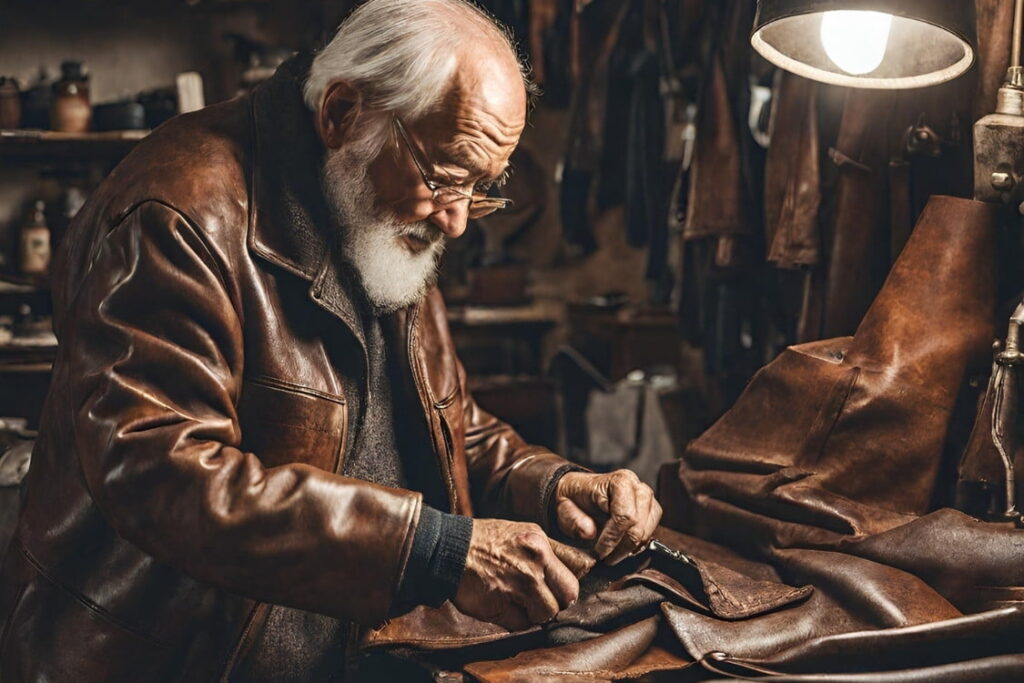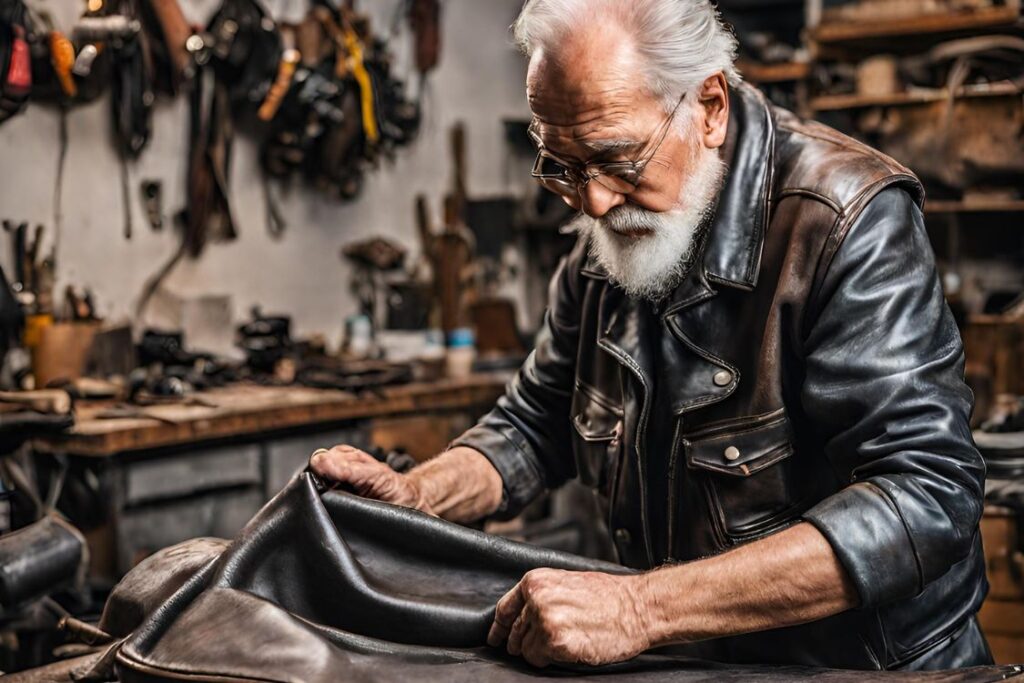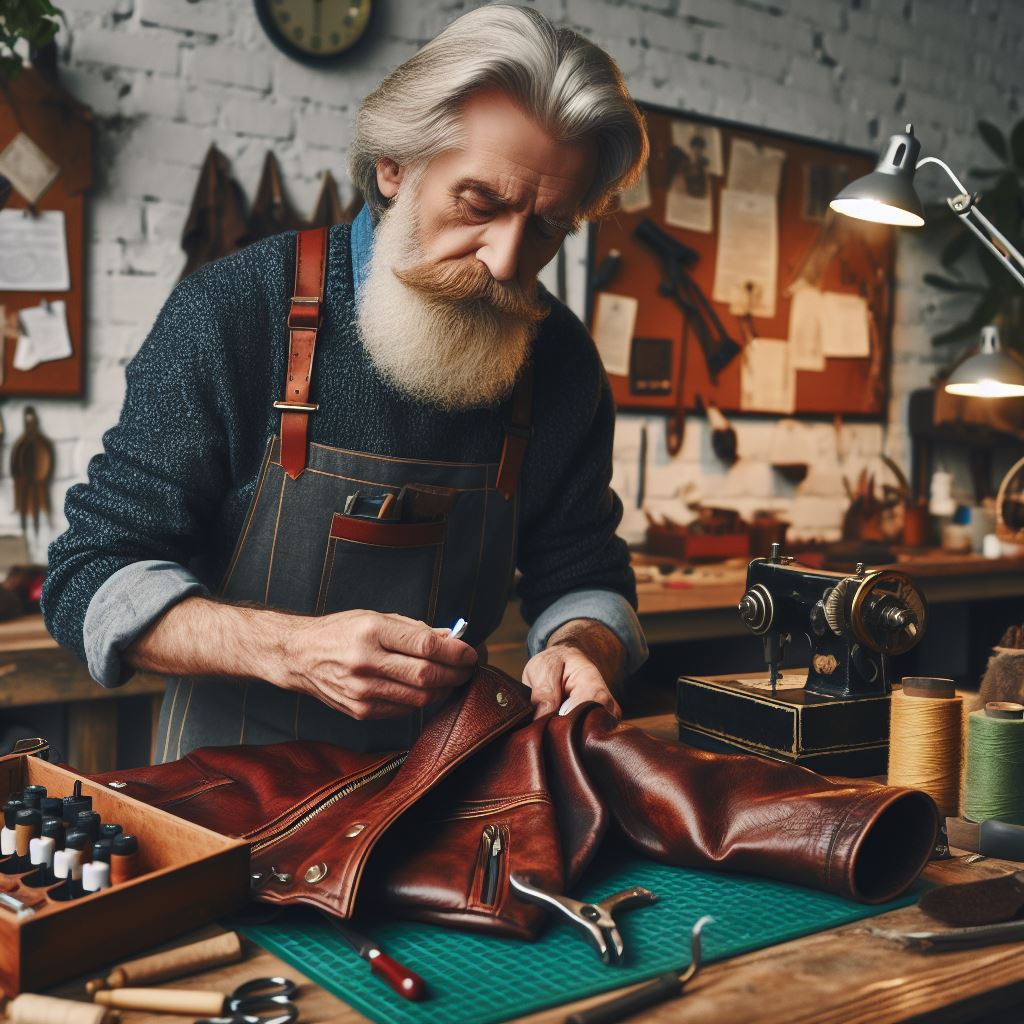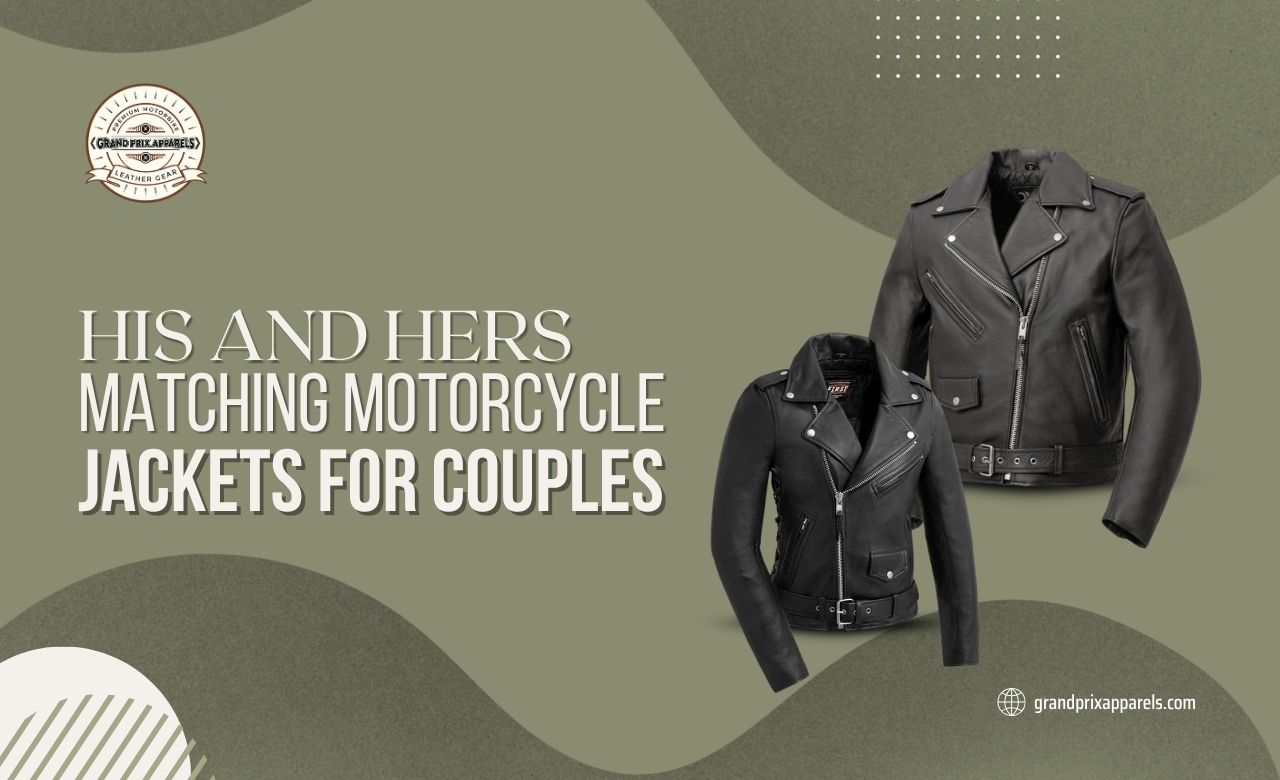
10 Christmas Gifts for Motorcycle Riders in 2025
Motorcycle riders live for the road, and Christmas is the perfect time to celebrate their passion. A well-chosen gift can add comfort, style, and convenience

Is it safe to say that you are the pleased proprietor of a cherished cowhide coat that has been better? Whether it’s a classic find or a treasured gift, reestablishing a calfskin coat can reinvigorate it, permitting you to keep partaking in its immortal interest into the indefinite future. From assessing your leather jacket’s condition to protecting it from future damage, we’ll walk you through ten expert restoration tips in this article.
Before beginning the restoration process, assess your leather jacket’s condition. Begin by giving it an exhaustive visual investigation, searching for indications of wear, tear, and harm. Give close consideration to regions that might be inclined to issues, like creases, pockets, and sleeves. Moreover, think about testing the nature of the calfskin by delicately squeezing it with your fingers. Excellent calfskin ought to feel flexible and smooth, while lower-quality cowhide might feel solid or fragile.
After evaluating the jacket’s condition, it’s time to clean it thoroughly. Begin by eliminating any surface soil or garbage utilizing a delicate seethed brush or a sodden fabric. Make certain to pick a cleaning item explicitly intended for cowhide, as brutal synthetic substances can harm the material.
Prior to applying any cleaner to the whole coat, test it on a little, unnoticeable region to guarantee similarity with your cowhide. Utilize delicate, round movements to clean the whole surface of the coat, giving close consideration to regions with difficult stains or staining.

If your leather jacket has tears, scratches, or other damage, you don’t have to be discouraged because many issues can be fixed using the right methods. For little tears or penetrations, consider utilizing a cowhide fix pack to flawlessly repair the harmed region.
On the other hand, you can fill in scratches and scrapes utilizing a cowhide filler item, streamlining it with a spatula or comparative device. For more critical harm, for example, primary issues or huge tears, it might very well be ideal to look for proficient help to guarantee a legitimate fix.
To keep your cowhide coat putting its best self forward, it’s fundamental to condition and saturate the material routinely. Pick an excellent cowhide conditioner that is proper for your coat’s particular kind of calfskin, whether it’s smooth, softened cowhide, or upset.
Use a soft cloth or sponge to work the conditioner into the leather, distributing it over the jacket’s entire surface. After the recommended amount of time has passed, gently buff the jacket with a clean, dry cloth to remove any remaining conditioner.
Over the long run, calfskin coats can blur or lose their brilliance, yet dread not – there are ways of reestablishing their energetic variety and sparkle. On the off chance that your coat has blurred or stained regions, consider utilizing a cowhide color or variety restorer to resurrect it.
Pick a color that matches your coat’s unique tone as intently as could be expected, applying it uniformly to the impacted regions with a wipe or brush. When the color has dried, utilize a calfskin clean or conditioner to improve the coat’s sparkle and smooth out any lopsidedness.
If your leather jacket has developed unpleasant odors over time, there are a few effective ways to get rid of them. Begin via broadcasting out the coat in a very much ventilated region, ideally outside, for a few hours. You can likewise have a go at setting the coat in a huge plastic pack with a couple of enacted charcoal briquettes or baking soft drink sachets, which will assist with retaining any waiting scents. For obstinate scents, think about utilizing a particular calfskin cleaner or smell remover, adhering to the producer’s guidelines cautiously.
Whenever you’ve reestablished your cowhide coat to its previous greatness, it’s crucial to do whatever it may take to safeguard it against future harm. Put resources into a quality calfskin defender splash or wax, which will assist with repulsing water, soil, and messes, keeping your coat putting its best self forward for longer. Also, be aware of how you store your coat when it’s not being used – try not to drape it in direct daylight or close to wellsprings of intensity, as this can make the calfskin dry out and break after some time.
While many restoration projects for leather jackets can be completed at home, some issues may necessitate the expertise of a professional. In the event that you’re uncertain how to resolve a specific issue or on the other hand assuming your coat has critical harm, feel free to help from a legitimate calfskin rebuilding trained professional. They’ll have the information, apparatuses, and experience expected to survey what is happening and give customized answers for reestablish your coat to its previous greatness.
Congratulations! Your leather jacket has been restored successfully. Now is the time to ensure that its newly restored state lasts for many years to come. Make a propensity for routinely cleaning and molding your coat to keep it looking and it’s ideal to feel.
Use a padded hanger to keep your jacket in shape when not in use, and store it in a cool, dry location away from direct sunlight and moisture. Your restored leather jacket will remain a fashionable and timeless wardrobe staple for many years to come with proper care and maintenance.

To reestablish a worn-out calfskin coat, begin by cleaning the surface completely with a cowhide more clean. When the coat is spotless and dry, apply a calfskin color or variety restorer to the blurred regions, adhering to the maker’s guidelines cautiously. Wrap up by molding the cowhide to reestablish its flexibility and sparkle.
Indeed, broke cowhide can frequently be reestablished with the right methods. Begin by cleaning the calfskin surface and applying a cowhide conditioner to saturate the material. For more profound breaks, think about utilizing a cowhide filler item to fill in the harmed regions prior to molding. Professional assistance may be required if the cracks are severe or widespread.
The expense of reestablishing a calfskin coat can fluctuate contingent upon the degree of the harm and the procedures expected for rebuilding. Minor fixes and upkeep errands should ordinarily be possible at home for insignificant expense, while additional critical issues might need proficient support, which can go from two or three hundred to a few thousand bucks.
By and large, reestablishing an old cowhide coat is definitely worth the work and venture. Restoration not only gives you the chance to make a beloved garment last longer, but it also lets you keep its unique history and character. With legitimate consideration and upkeep, a reestablished cowhide coat can keep on being a jazzy and practical piece into the indefinite future.
You can give an old leather jacket new life and keep its timeless appeal for many years to come by restoring it. This can be a rewarding and satisfying project. By following these ten master tips, you’ll be exceptional to handle the rebuilding system with certainty, guaranteeing that your calfskin coat stays a trendy and solid closet staple for some seasons to come.

Motorcycle riders live for the road, and Christmas is the perfect time to celebrate their passion. A well-chosen gift can add comfort, style, and convenience

Motorcycle riders appreciate gifts that resonate with their passion, add value to their rides, and offer something distinctive. The right pick strikes a balance between

Motorcycle dads are passionate riders. They thrive on the open road, love the sound of the engine, and enjoy the thrill of every ride. If

The New Year is the perfect time to surprise the biker in your life with a gift that blends excitement, purpose, and lasting value. Riders

Riding together is more than just a hobby; it’s a way to bond, explore, and create memories on the open road. Matching motorcycle jackets are

Every rider deserves gear that fits well, looks great, and feels comfortable, no matter the size. For plus-size women riders, finding the perfect motorcycle jacket
70 Pitman Ave, Fords, New Jersey, US
info[at]grandprixapparels.com
custom[at]grandprixapparels.com

Proin ullamcorper pretium orci donec necscele risqueleoam massa dolor imper dietnec consequata congue idsem maecenas malesuada faucibus finibus.
Uluwatu Jimbaran ST, 1919 - Bali, Indonesia
+62 212-345-321
deva@mail.com